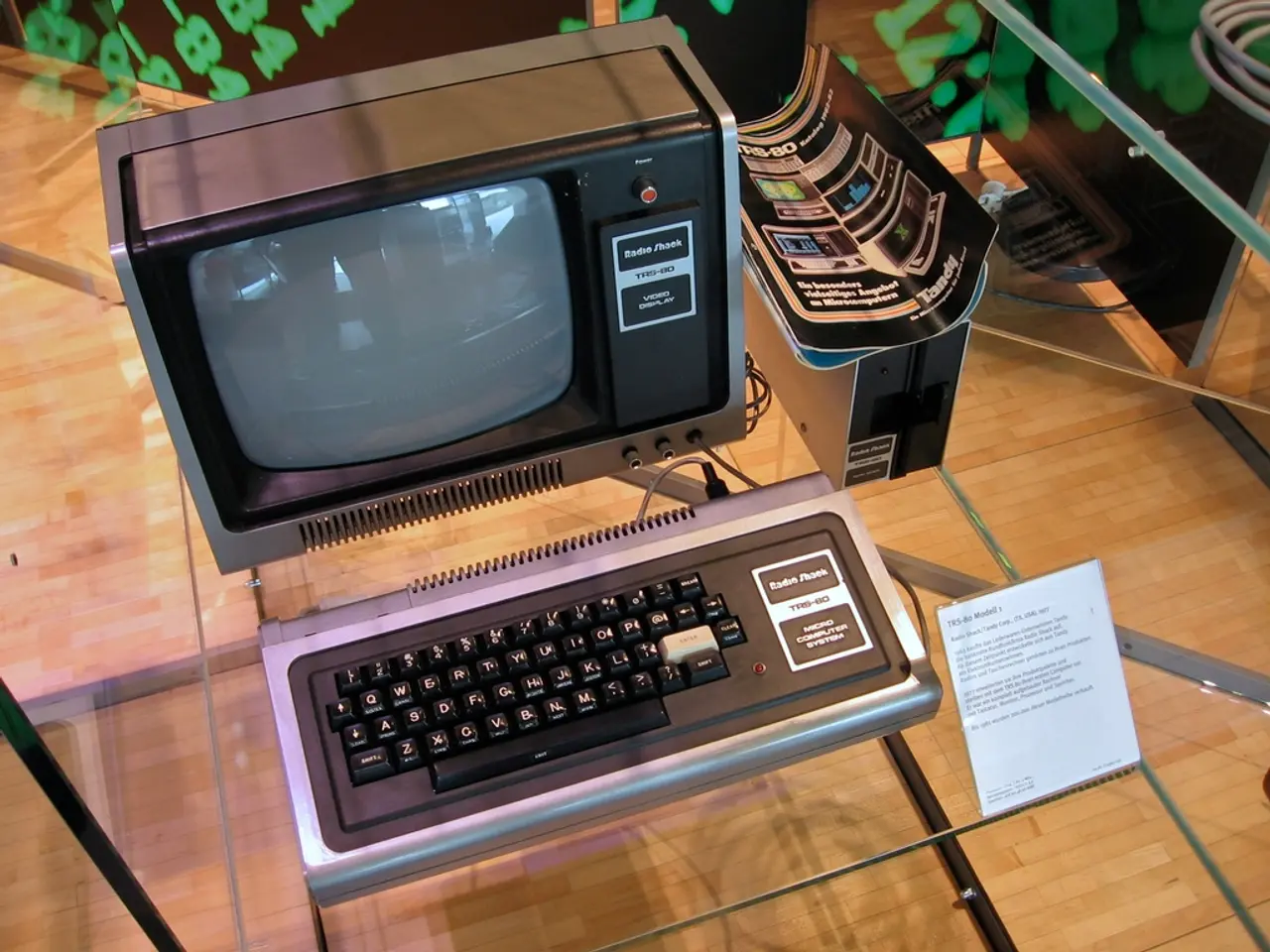Intel's Data Center Division Faces Challenges
Intel's Data Center Business Faces Challenges Amidst Competitive Landscape and Internal Adjustments
Intel's data center business is grappling with a series of setbacks, as highlighted during the company's recent earnings call. The tech giant admitted to execution problems with its Sapphire Rapids data center CPUs, causing production delays until the end of this year and into next year. This has led to a 16% decrease in the data center and AI segment's revenue during the second quarter, compared to the same period last year.
The poor performance of Intel's data center business is partly due to intense competition from AMD and NVIDIA. AMD has been steadily capturing about one-third of the server CPU market, surpassing Intel for several quarters. NVIDia, on the other hand, dominates the AI accelerator space with its high-performance GPUs. Intel's Gaudi AI accelerator, while cheaper, is perceived as a second-tier solution compared to NVIDia's offerings.
In an effort to stabilize its finances, Intel is undergoing aggressive restructuring under CEO Lip-Bu Tan. The company aims to cut $17 billion in operating expenses, including a 15% workforce reduction and operational efficiencies. However, these measures risk slowing innovation as development shifts to less advanced processes.
Intel's data center customers are also adjusting their inventory levels to reflect current market conditions, adding to the challenges faced by the company. The broader PC market softness also weighs on Intel’s Client Computing Group revenue, impacting overall financial health and resource allocation for data center expansion.
Despite these challenges, Intel remains optimistic about the success of its Sapphire Rapids product line. The company is rebuilding its execution machine to address issues with Sapphire Rapids and is aiming to regain its competitiveness and growth momentum in the data center market.
Key details:
- Competition from AMD and NVIDIA: Intel's DCAI revenue grew only 4% to $3.9 billion in Q2 2025, whereas AMD’s data center revenue surged 115% and NVIDIA's data center revenue soared 154%, reaching $26.3 billion—six times Intel's DCAI revenue.
- Cost-cutting and restructuring pressures: Intel is undergoing aggressive restructuring under CEO Lip-Bu Tan to cut $17 billion in operating expenses.
- Challenges in technology leadership: Intel is struggling to keep pace in semiconductor manufacturing and AI technology development. Its AI accelerator (Gaudi 3) is cheaper but less powerful than NVIDIA’s H100.
- Market conditions: The broader PC market softness also weighs on Intel’s Client Computing Group revenue, impacting overall financial health and resource allocation for data center expansion.
In summary, Intel's data center business is hindered by strong rivals with superior technology and faster growth, while internal restructuring and a need to balance cost discipline with innovation add complexity to regaining competitiveness and growth momentum.
- To combat the financial impact of its data center segment, Intel is distributing funds to invest in areas such as finance and technology, with the aim of improving its competitiveness and innovation.
- In the realm of technology, Intel's Gaudi AI accelerator appears to be second-tier compared to NVIDIA's offerings, which could impact its financial performance in the AI market.
- With AMD claiming about one-third of the server CPU market and NVIDIA dominating the AI accelerator space, Intel faces financial challenges in maintaining its position within the highly competitive business landscape.



